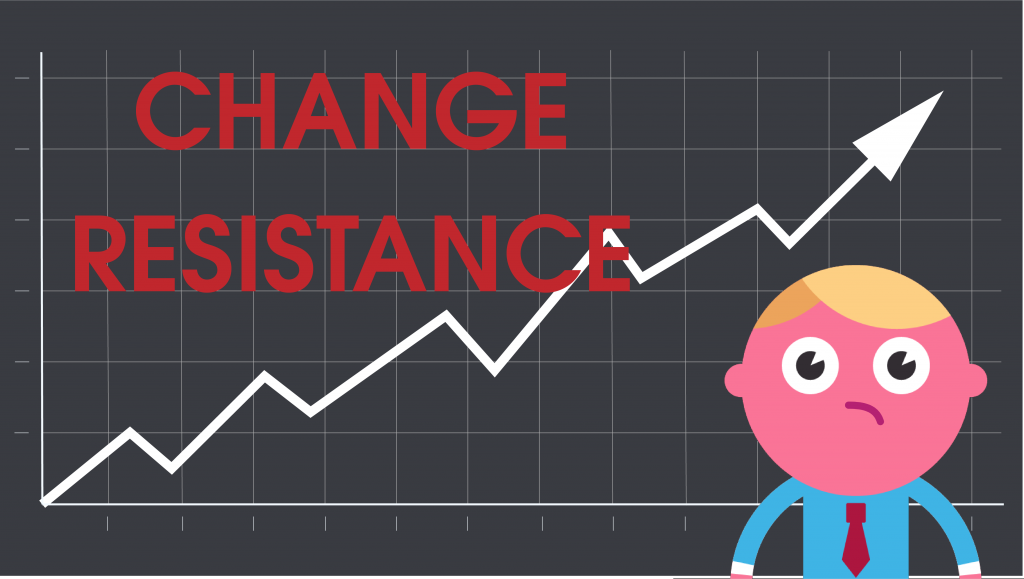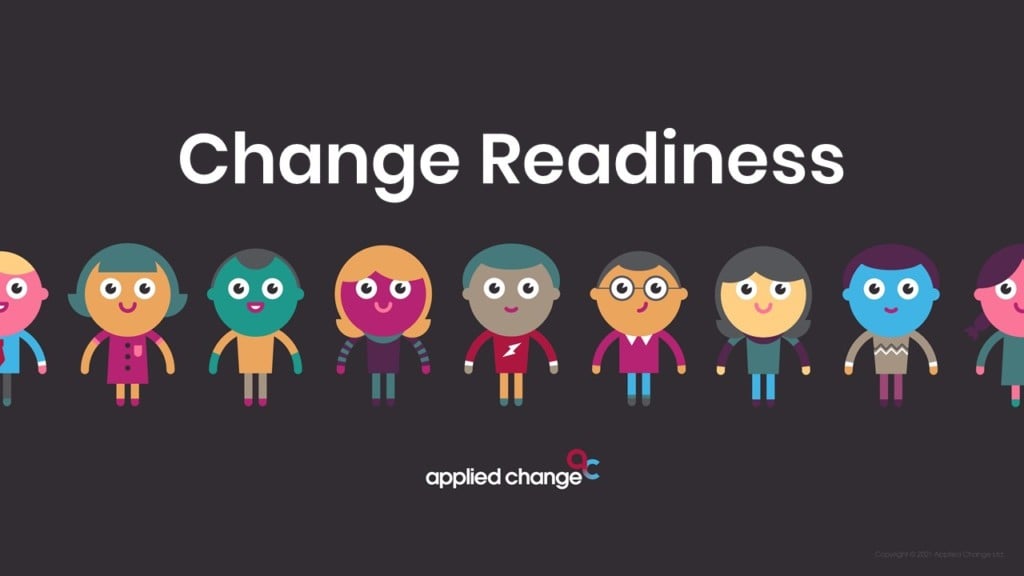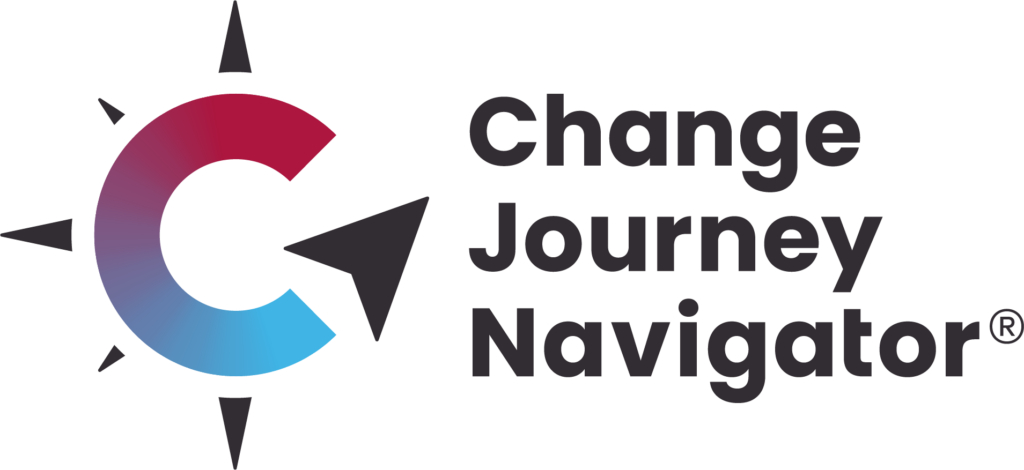Want to reduce Change Resistance? Start by measuring it
By Mark Vincent
Share

If you’ve ever tried making big changes in a large or even medium sized organisation, the chances are you may have experienced some resistance. The trouble is that it’s often invisible. We know it’s there and can feel the effects but it’s hard to pin down or understand specifically where it’s coming from.
So what if you could measure change resistance, understand where it’s coming from and how to mitigate its effects?
Well you can. Ok, apologies for the shameless plug, but this is exactly what we’ve been working on – see our model for change.
And the reason we’ve done that? We’ve realised (from our own experience and the huge body of research on change and leadership) that understanding and harnessing these invisible positive (driving) and negative (resistance) forces has a bigger impact on change initiatives than anything else. And yet it’s rarely, if ever, measured. Most people focus attention on schedule and expenditure because they are relatively easy to quantify and measure. All very interesting but pretty much useless in driving real transformation.
There are plenty of change initiatives we’d all like to see moving more quickly, both within and outside the workplace, so this is something I firmly believe is worth the effort. There is also a health and wellbeing aspect, especially at work. Workplace stress, anxiety and depression is on the increase. According to a recent HSE report it accounted for 44% of work-related ill health and 57% of working days lost, in 2017/18. Changes at work are a significant contributor, whether directly or indirectly.
So what are these forces? They are essentially how we feel emotionally about any change and they fall into two groups:
1. The desire to move forward and make things happen (driving forces)
If you’ve ever felt motivated to make big changes in your life (moving house, having kids, changing jobs, doing some long term travelling), you’ll know what this feels like. It’s the emotional drive that starts with a recognition that you really want something different and you want it enough to go through the uncertainty and risk that goes with it. It’s that emotional drive that gets us out of the chair and taking some action, rather than just talking about it.
2. Concerns or fears that cause us to slow down or dig our heels in (resistance)
With any big changes there may be downsides or concerns that may make you pause or question what you are doing. Fear and self preservation is often at the route of resistance as we tend to protect ourselves and those we care about above all else. Inertia is a big one because doing nothing is often perceived as the safest option…better the devil you know.
In every successful change or transformation the driving forces have been greater than the resistance and inertia forces, sometimes by design and sometimes by accident, but it’s always true. Sounds almost too simple doesn’t it and yet it’s all too often missed in the moment.
There are plenty of books and research papers on Change and Change Management (over 80,000 results on Amazon alone) and lots of very useful guiding principles showing how to go about delivering change (Kotter’s 8 Steps, Lewin’s Unfreeze, Change, Refreeze etc). All of them point in a very similar direction and look to address a basic principle: ensuring that the forward drive for change is greater than the inertia or slowing forces. Lewin calls this Force Field Analysis and I think that’s a useful analogy because it focuses us on the only things that really matter. All the different models for change, our own 5E model included, are pointing at ways to increase the forward forces while also reducing the inertia and resistance.
Whatever your chosen methodology, it’s well worth reflecting on how well you are understanding and working with these fundamental forces. In the end that’s what will get you the outcomes you need and in a way that is natural and sustainable.
At Applied Change, we’re continually striving to build on the body of knowledge in dealing with change, especially change resistance. That way, we can help more people and more worthy change causes to achieve their goals more quickly and with greater ease. We can’t stop change happening around us but how we respond is our choice.
Try our free change readiness assessment by clicking above. Alternatively, join our growing community by entering your details below.
Get in touch
If you’re not achieving your goals or want get more done in your business, we can help.
Whether it’s supporting you, growing your leadership team or directly helping you to make something happen, contact us on (+44) 0800 612 3548 or click the button below.
Alternatively sign up below to be the first to know about our events and receive free resources and insider tips.
Related content
The biggest problem with communication…
Effective communication is essential when implementing organisational change, so how can we make sure our communication strategy is a success?
Organisational Change: Do We Need To Re-frame Our Thinking?
Do the statistics on Organisational Change point to the way we are defining success?
What is Change Readiness? Start by asking these 5 questions
Have you ever tried making changes that never really got past the good intentions. We’ve found that 5 simple questions can help to orientate us to a far more useful place.
Help Needed: Change Resistance Research at UWE Bristol
Has your organisation undergone a change recently that has affected you? Or have you been responsible for delivering a change at work? If so then maybe you could help us with some research we are working on with UWE in Bristol.
A Scientific Guide on How to Stop Procrastinating
A scientific guide by James Clear of Atomic Habits on how to avoid procrastination and focus more attention on what matters to you







